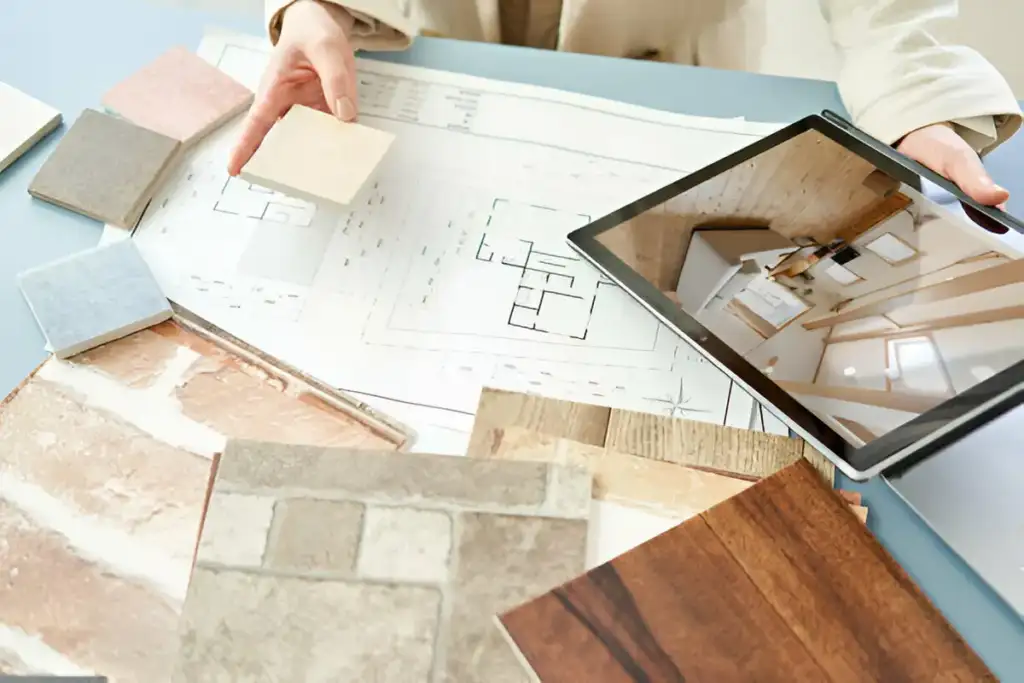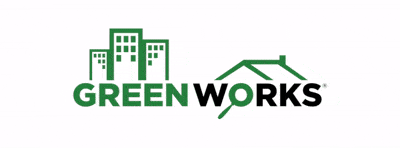Posts

What Is A Structural Home Inspection? Everything You Need to Know
Hey, did you notice those big cracks in your ceiling? And at any point, did you think it was because of the foundation? People say that a sinking foundation can make a house crumble.
But are those cracks due to a foundation issue? You can only be sure with a professional opinion. A structural engineer can give you that professional opinion.
They will systematically check your foundation and share their findings in a report. These reports are usually very thorough, so you’ll know exactly what the issue is (if there is any).
Pro tip: Let the structural engineers do their thing and accompany them without causing too much disturbance. Treat it like a mini-classroom, ask questions, and get answers—with no ruckus.
What Is A Structural Home Inspection?
A structural home inspection is a routine check-up for your house, but structural engineers get deep into its bones instead of just reviewing its surface condition. It’s all about assuring your house is as sturdy and safe as possible. The purpose of the inspection is to ensure that no hidden issues are beneath the surface. When inspecting this all, structural engineers use specialized tools and their professional knowledge to ensure no stone is left unturned and to look for red flags that might cause problems in the future.
What Happens During A Structural Home Inspection?
The structural home inspection will take more or less a couple of hours. First, the structural engineer will walk you around the outside of your house. He will explain everything in great detail, specifically how the foundation was laid. If you have any questions about the cracking you saw, they will also answer them. Then, they will go inside the house and have a look at different areas, such as:
- Walls
- Foundation itself
- Beams
- Joists under floors
Later, they will move to your living room and have a good look wherever the cracks are (ceiling in this case). They will take the pictures, use a stud finder to see whether there is a beam or not, and to top it all, they will take measurements of the area. Once the living room is done, they will move forward to all the rooms, checking for visible issues and seeing if other rooms also have any problems. Lastly, they will check the joists in the attic to ensure there wasn’t any uplift.
The best part about the process of a structural home inspection is that you can ask the engineer all the questions you have about the issues you have been noticing. They will literally break down the science of how a house is built and give you a better understanding – but only if you’re curious and asking.
Lastly, they will write a report with all the details. The structural engineer won’t repair the issues as it’s not their job. If they’re offering to do the repairs, then uh-oh, red flag. But, of course, they could suggest some contractors. All you need to do is show the inspection report to the repairing contractor, and then they will fix it all for you.
Why We Need Structural Home Inspections?
If you think a structural home inspection is an extra expense, you’re mistaken. It’s a necessity that ensures the safety and security of everyone living in your home. Once the structural engineer uncovers potential structural issues early on, it gets easier for you to prevent costly repairs and accidents in the future. Whether it’s a sagging roof or cracks in the foundation, identifying the issues before they become more severe can save you from major expenses and headaches. Moreover, these inspections ensure that the home complies with building codes and meets quality and safety standards, giving you confidence that the property is structurally sound.
Read more about Structural Inspections vs. Home Inspections.
Signs You Need A Structural Home Inspection
When you need to get a structural home inspection, it just appears to you. There will be noticeable signs, like the cracks in your ceilings. At times, they might not be serious, and at times, it could be vice versa. But the trick is not to ignore any of those.
Let us simplify it by listing some of the issues that should put you on red alert. Then, you can call a structural engineer right away.
Identifying Wall, Window, and Foundation Issues
If you notice cracks in the windows, foundation, or walls, then it is a clear sign of underlying structural issues. These cracks could be of different shapes and sizes. You can hire a professional to assess them and determine the seriousness of the issues. During the structural inspection, the structural engineer carefully examines the cracks, noting their location, depth, and width. In fact, what makes the inspection more thorough is the use of specialized tools like moisture meters to identify hidden moisture that might be a reason for the cracks. These experts can also recommend necessary repairs to handle the issues best.
Recognizing Rotted Timber
If you have recently recognized that the timber in your home is rotten, then it is a serious concern for which you definitely need a structural inspection – especially when you notice any signs of softness or decay in wooden beams. During the inspection, the structural engineer will examine the affected areas, looking for signs of rot, such as:
- Discoloration
- Crumbing wood
- Presence of fungi or insects
The structural engineer will also use a probing tool or a moisture meter to determine the extent of moisture content and the rot’s depth. Based on their findings, structural engineers will recommend how you can address the issue. Some of their recommendations may include:
- Replacing the damaged timber
- Treating the damaged timber with preservatives
- Reinforcing the affected areas
Noticing Gaps between Walls and Floors
If you notice any gaps between walls and floor, then it might be suggesting a settlement issue or structural movement. Well, only a structural engineer could be sure of it and that’s why you need one. Addressing these gaps promptly will help you prevent further damage and potential safety hazards. The structural engineer will thoroughly examine the gaps, measuring their sizes and determining why they were caused.
The surrounding area might also be inspected for any signs of movement, such as gaps in the baseboards or cracks in the drywall. Also, they will use advanced tools like Plumb or Level Bob to assess the alignment of the walls and floor. In the end, they will recommend how you can address the issue, which might include the following:
- Adjustments to the framing
- Structural reinforcements
- Foundation repairs
Conclusion
We cannot emphasize the importance of structural home inspections enough. These are special inspections that will give you confidence in your property’s condition and a promising good night’s sleep. If you think that your home inspection will cover this part of your house, then you’re mistaken. A home inspector doesn’t perform a structural home inspection. Yes, they will be assessing the condition of your home’s structure and foundation. But, to get an in-depth evaluation done, you need to schedule a structural home inspection.
Overall, a structural home inspection can cost a few hundred dollars, but compared to what you will be spending on snake oil, you must be looking forward to real solutions – and these inspections give you that!
Don’t leave the integrity of your home to chance. Schedule a comprehensive structural home inspection with GreenWorks Inspections today! Our expert inspectors will thoroughly assess your foundation, framing, roofing, and more to ensure your home is safe and sound. Protect your investment and gain peace of mind knowing that your home is structurally secure.



